Receptivity theory
Dr Nicola De Tullio: Comparison of the Asymptotic Theory Predictions with Full Navier-Stokes Simulations
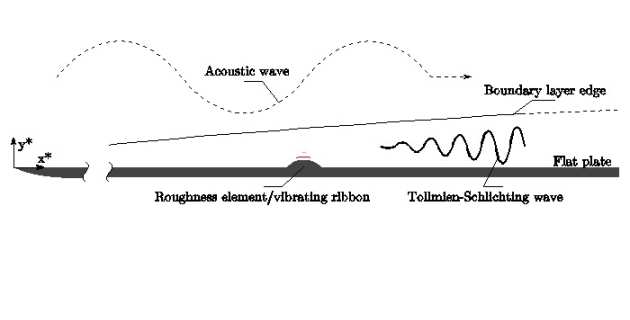 Nico's research is aimed at understanding the receptivity of subsonic compressible boundary layers to Tollmien-Schlichting waves in the presence of surface roughness, gaps and regions of incipient separation. He uses a combination of theoretical analysis and high-fidelity numerical simulations of the compressible Navier-Stokes equations to provide engineers with useful information for the design of laminar flow control aerodynamics.
Nico's research is aimed at understanding the receptivity of subsonic compressible boundary layers to Tollmien-Schlichting waves in the presence of surface roughness, gaps and regions of incipient separation. He uses a combination of theoretical analysis and high-fidelity numerical simulations of the compressible Navier-Stokes equations to provide engineers with useful information for the design of laminar flow control aerodynamics.
blah
More detail and links to research outputs
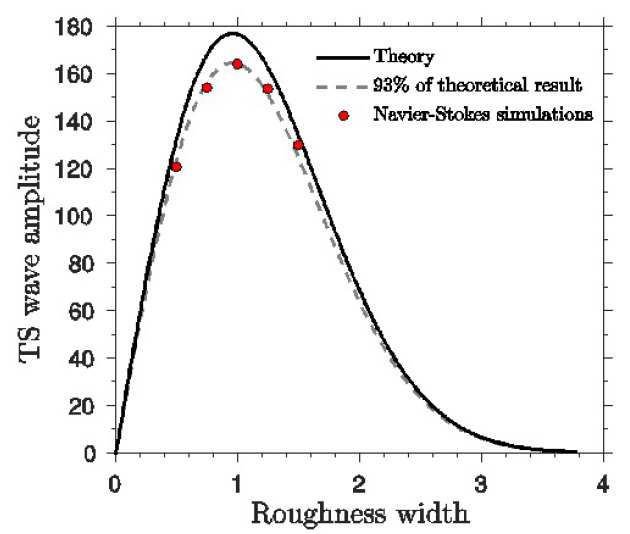 The first part of Nico's work focuses on evaluating the applicability of the predictions provided by the asymptotic theory to real life engineering applications. For this purpose, he has performed a detailed parametric study, where high-fidelity numerical solutions of the compressible Navier-Stokes equations have been compared with the theoretical predictions. The investigation focuses on two important receptivity scenarios: the TS wave receptivity due to a vibrating ribbon on the wall of a flat-plate and that due to the interaction between free stream sound and wall roughness elements; the latter scenario being one of the most important causes of excitation of boundary layer instabilities during flight. The parametric study was designed to test the limits of the theory, and included variations of the roughness element shape and dimensions, Reynolds number, Mach number and acoustic wave frequency.
The first part of Nico's work focuses on evaluating the applicability of the predictions provided by the asymptotic theory to real life engineering applications. For this purpose, he has performed a detailed parametric study, where high-fidelity numerical solutions of the compressible Navier-Stokes equations have been compared with the theoretical predictions. The investigation focuses on two important receptivity scenarios: the TS wave receptivity due to a vibrating ribbon on the wall of a flat-plate and that due to the interaction between free stream sound and wall roughness elements; the latter scenario being one of the most important causes of excitation of boundary layer instabilities during flight. The parametric study was designed to test the limits of the theory, and included variations of the roughness element shape and dimensions, Reynolds number, Mach number and acoustic wave frequency.
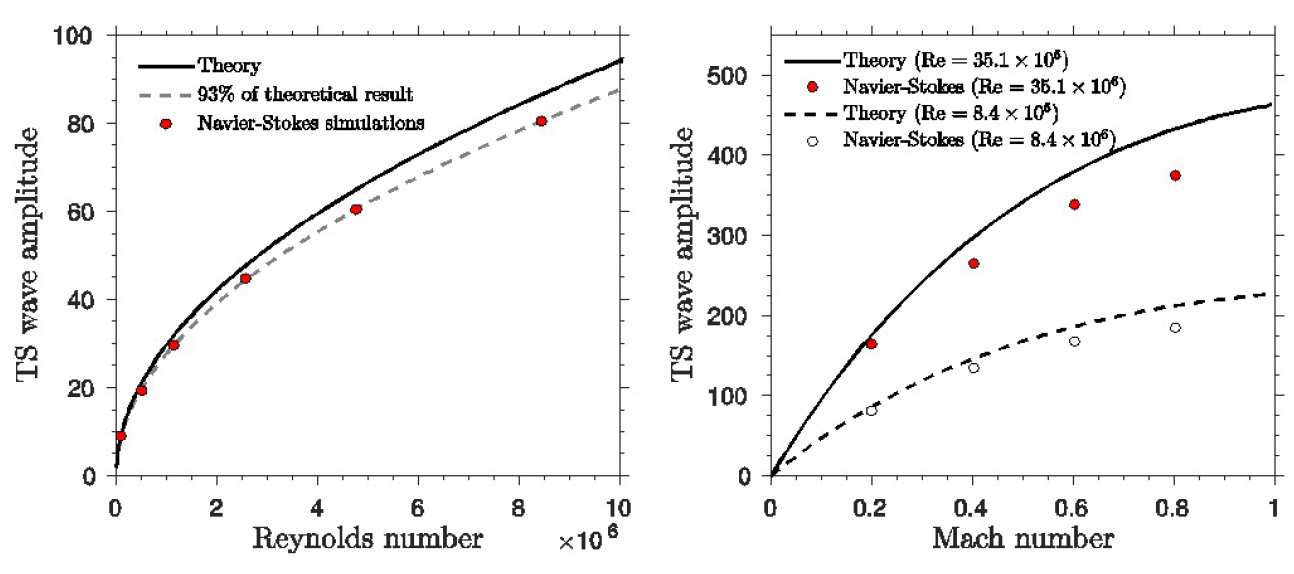
In a recently published paper, Nico and Prof. Ruban show that the asymptotic theory of receptivity, derived for asymptotically large values of the Reynolds number, gives reliable results also at finite-Reynolds numbers typical of engineering applications.
Publications
Nicola De Tullio and Anatoly I. Ruban (2015). A numerical evaluation of the asymptotic theory of receptivity for subsonic compressible boundary layers. Journal of Fluid Mechanics, 771, pp 520-546 doi:10.1017/jfm.2015.196
Nicola De Tullio and Neil D. Sandham (2015). Influence of boundary-layer disturbances on the instability of a roughness wake in a high-speed boundary layer. Journal of Fluid Mechanics, 763, pp 136-165 doi:10.1017/jfm.2014.663
Other outputs
N. De Tullio Industry Application
Dr Tomass Bernots: boundary layer receptivity to an acoustic noise in transonic flows
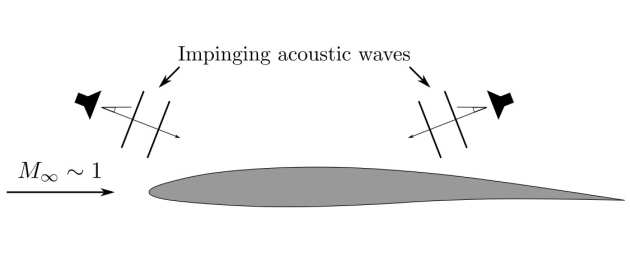 Tomass’s area of research is boundary layer receptivity to an acoustic noise in transonic flows. The transonic flow regime is chosen as it represents the real flight conditions of a modern passenger aircraft, and acoustic noise is chosen, as it is one of the most important causes of excitation of boundary layer instabilities during flight.
Tomass’s area of research is boundary layer receptivity to an acoustic noise in transonic flows. The transonic flow regime is chosen as it represents the real flight conditions of a modern passenger aircraft, and acoustic noise is chosen, as it is one of the most important causes of excitation of boundary layer instabilities during flight.
blah
More detail and links to research outputs
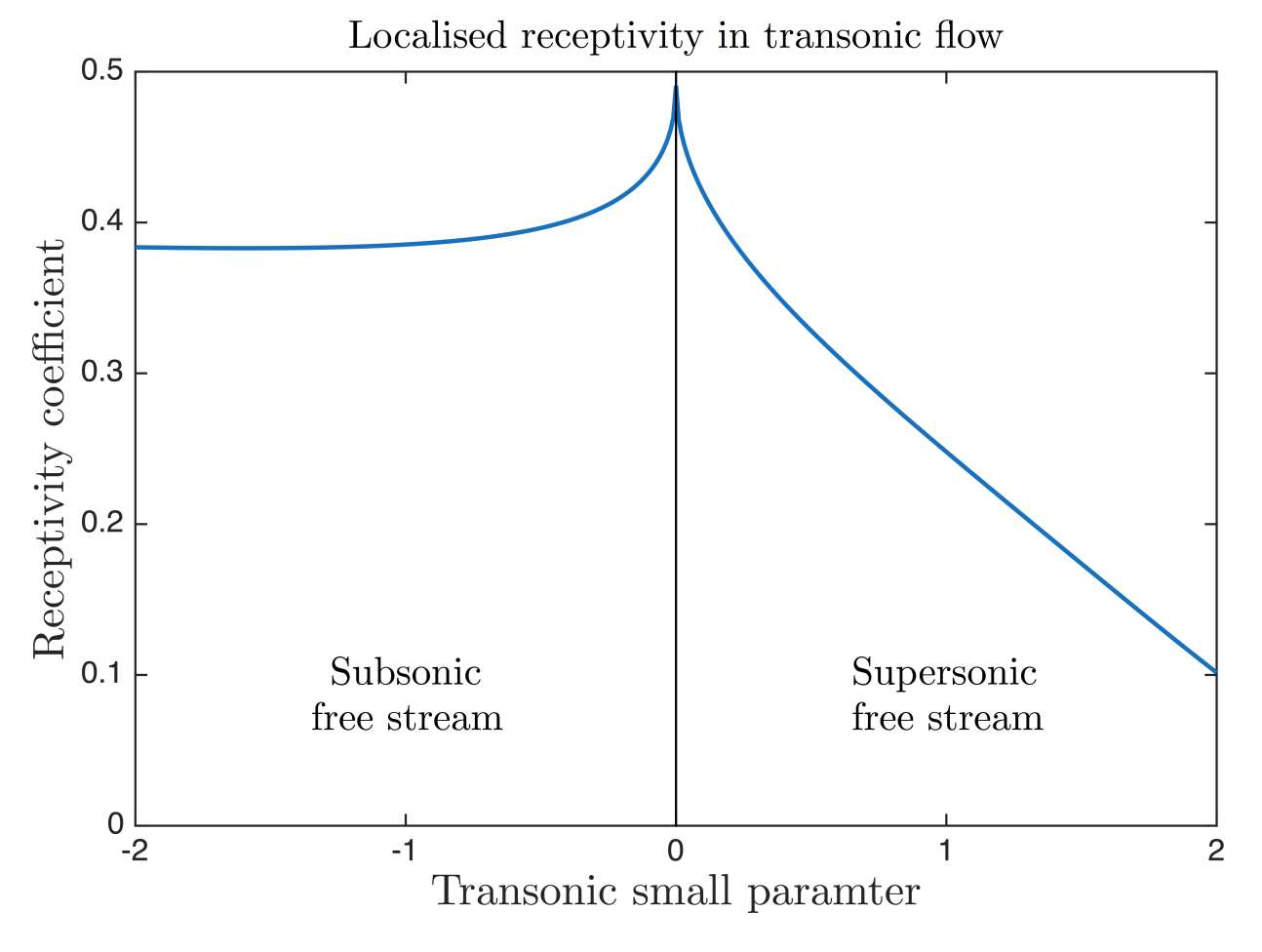 Tomass aims to understand two receptivity scenarios for Tollmien-Schlichting wave generation: localised receptivity, which is when an acoustic wave interacts with an isolated wall roughness, and distributed receptivity, where acoustic wave evolves into the T-S wave.
Tomass aims to understand two receptivity scenarios for Tollmien-Schlichting wave generation: localised receptivity, which is when an acoustic wave interacts with an isolated wall roughness, and distributed receptivity, where acoustic wave evolves into the T-S wave.
His research involves use of the asymptotic theory applied to compressible Navier-Stokes equations at large Reynolds number, which leads to a reduced model described by the triple-deck theory.
In addition, he worked with Prof. Ruban and David Pryce on the problem of the receptivity of the boundary layer to elastic wing vibrations.
Publications
A. I. Ruban, T. Bernots and D. Pryce (2013). Receptivity of the boundary layer to vibrations of the wing surface. Journal of Fluid Mechanics, 723, pp 480-528 doi:10.1017/jfm.2013.119
Other outputs
T. Bernots Industry Application
David Pryce: Receptivity of the Boundary Layer to Vibrations of the Wing Surface
 David's main interests involve asymptotic analysis and fluid dynamics. In the LFC-UK group he has been working on the receptivity of an elastic wing and is currently studying Gortler vortices.
David's main interests involve asymptotic analysis and fluid dynamics. In the LFC-UK group he has been working on the receptivity of an elastic wing and is currently studying Gortler vortices.
blah
More detail and links to research outputs
David has researched the stability of a vibrating elastic wing and how Tollmein-Schlichting waves effect this. He is currently looking into a further downstream effect of curvature and hence the creation of Gortler vortices. The effects and production of these instabilities and understanding their generation is critical to understanding receptivity and how this may lead to turbulence.
The methods David uses centre around asymptotic approximations to simplify the Navier-Stokes equations from a large Reynolds perspective and hence analyse the simpler equations that arise. From there he applies Fourier Transforms, Complex Analysis, linear operators, Calculus and Numerical techniques to solve the problem.
In 2013, Prof. Ruban, Tomass Bernots and David published a paper on the receptivity of an elastic wing due to TS waves, and David is currently attempting to analyse stability due to curvature.
Publications
A. I. Ruban, T. Bernots and D. Pryce (2013). Receptivity of the boundary layer to vibrations of the wing surface. Journal of Fluid Mechanics, 723, pp 480-528 doi:10.1017/jfm.2013.119
Curtis Banks: Receptivity of a three-dimensional swept wing
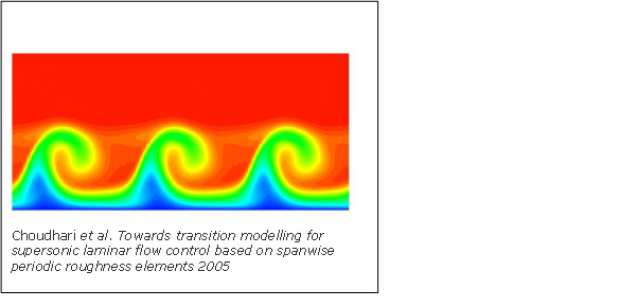 Curtis's main interests involve asymptotic analysis and fluid dynamics. In the LFC-UK group he has been working on the receptivity of a three-dimensional swept wing. In particular understanding the stability behaviour of stationary crossflow vortices.
Curtis's main interests involve asymptotic analysis and fluid dynamics. In the LFC-UK group he has been working on the receptivity of a three-dimensional swept wing. In particular understanding the stability behaviour of stationary crossflow vortices.
blah
More detail and links to research outputs
As part of the collaboration between industry and academia, Curtis worked at Airbus Group Innovations on laminar flow control as part of a 6-month internship. This involved developing tools for integration of software for transition prediction techniques and validation tests for a receptivity code produced by Dr. S. Mughal.
Thomas de Cointet: Crossflow instability over a swept flat plate
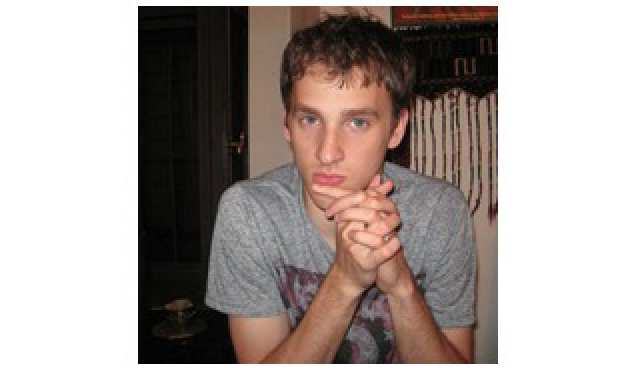 Thomas works with Prof A. Ruban on the receptivity of the boundary layer to surface roughness and the development of crossflow vortices. He is also investigating transonic flow separation around discontinuities in curvature.
Thomas works with Prof A. Ruban on the receptivity of the boundary layer to surface roughness and the development of crossflow vortices. He is also investigating transonic flow separation around discontinuities in curvature.
blah
More detail and links to research outputs
Thomas's work focuses on the crossflow instability, which is typical of 3D boundary layers. The crossflow profile developing due to the combined effect of the sweep and pressure gradient normally exhibits a so called `generalised inflection point'. According to Rayleigh's theorem, it makes the flow susceptible to inviscid instability.
This instability takes the form of two co-rotating vortices, nearly aligned with the inviscid stream lines. Both travelling and stationary vortices exist. Experiments have shown that at low level of free stream turbulence, which is typical of flight conditions, steady crossflow vortices dominate on a wing with sweep angle larger than 35 degrees, which motivates us to study the spatial development of those instabilities.
Thomas aims to study the receptivity process, which will enable us to predict the initial amplitude of the disturbances.


